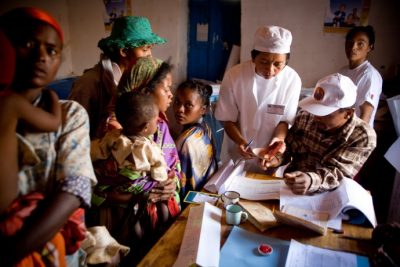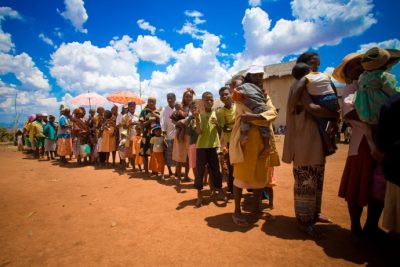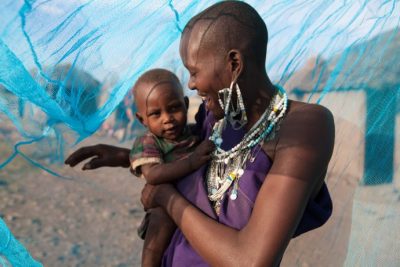Today, the greatest success story in global health is anchored by a continent once known mostly for famine and war. Many countries in sub-Saharan Africa are making unprecedented gains in child survival and reducing the devastating burden of malaria—a disease carried by mosquitoes and a major killer of children.
According to the World Health Organization an estimated 3.3 million lives were saved as a result of the scale-up of malaria control interventions over the last decade. Over the same period, malaria mortality rates in African children were reduced by an estimated 54 percent.
Most Americans are unaware of the devastating impact of malaria. But the insidious disease, a root cause and consequence of poverty, conspire against young children and pregnant women. The anopheles mosquito is a serial killer — a flying syringe that injects parasites during nightly blood meals.
Just a decade ago, the malaria story was one of despair across wide swathes of the African continent, killing more than 1 million people, and burdening health systems — up to 45 percent of all hospital admissions were caused by malaria.
I was raised in Asia, and was infected by malaria as a child. Although malaria no longer threatens boys and girls in the United States, across Africa and in parts of Asia, it is still a frightening and literally gut-wrenching fact of life. Each case can be a struggle for survival.
Because malaria remains one of the foremost health problems on the African continent it is vital to test all children with fever and treat those who test positive for malaria as well as provide appropriate treatment to those with non-malaria fevers. With many people living great distances from or lacking transport to health facilities, community health workers are often the first and only link to providing health services essential to child and maternal health.

Community health works, like these in Madagascar, are often the front lines of defense against malaria. / Maggie Hallahan
Thanks in part to American investments made through the U.S. President’s Malaria Initiative (PMI), led by the U.S. Agency for International Development (USAID) and implemented together with the Centers for Disease Control and Prevention (CDC), 61,000 front-line health workers were trained on how to treat malaria cases. Many were also trained to diagnose and treat the other main causes of childhood illness, diarrhea and pneumonia.
In the past year, Americans, through PMI, protected over 45 million people with a prevention measure (insecticide-treated nets and/or indoor residual spraying), as well as procured more than 48 million antimalarial treatments and more than 51 million rapid diagnostic tests.

In Madagascar, people line up to receive insecticide-treated bednets and treatment. / Maggie Hallahan
Success is a triumph of partnership – the initiative was launched by President George W. Bush, and expanded under President Barack Obama. We have benefited from strong bipartisan support in the Senate and House. And with host country government leadership, donors, partners like the Peace Corps, and countless groups like Lutheran World Relief, Catholic Relief Services, Malaria No More and Nothing But Nets – we are taking malaria and other public health interventions the last critical mile, to communities in the most remote parts of malaria endemic Africa.

